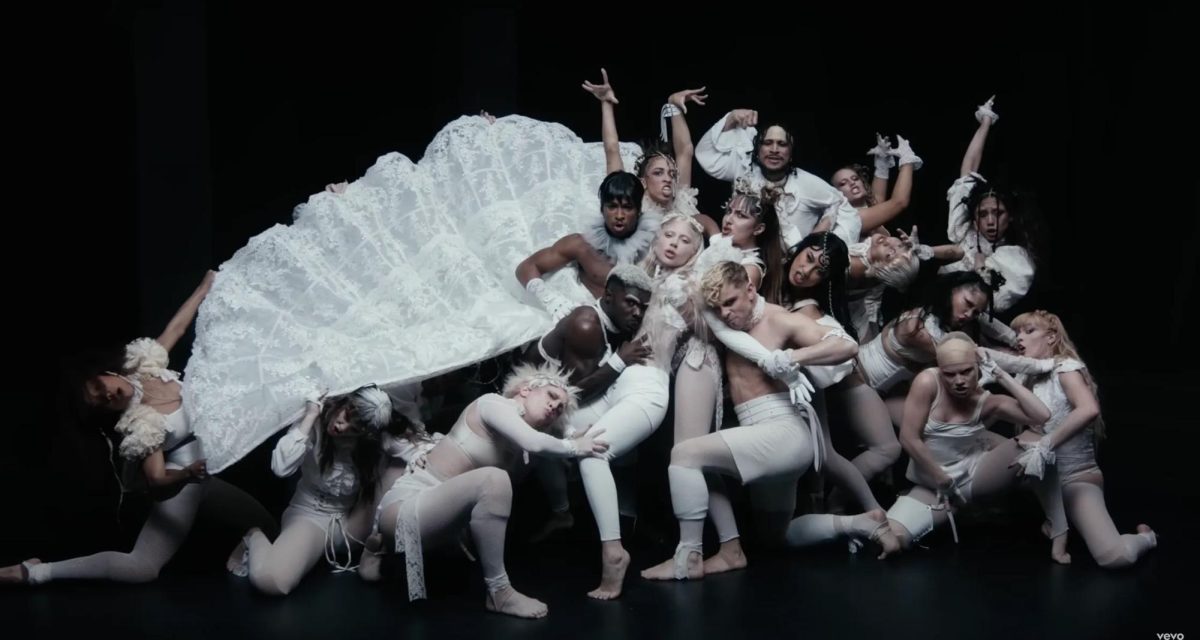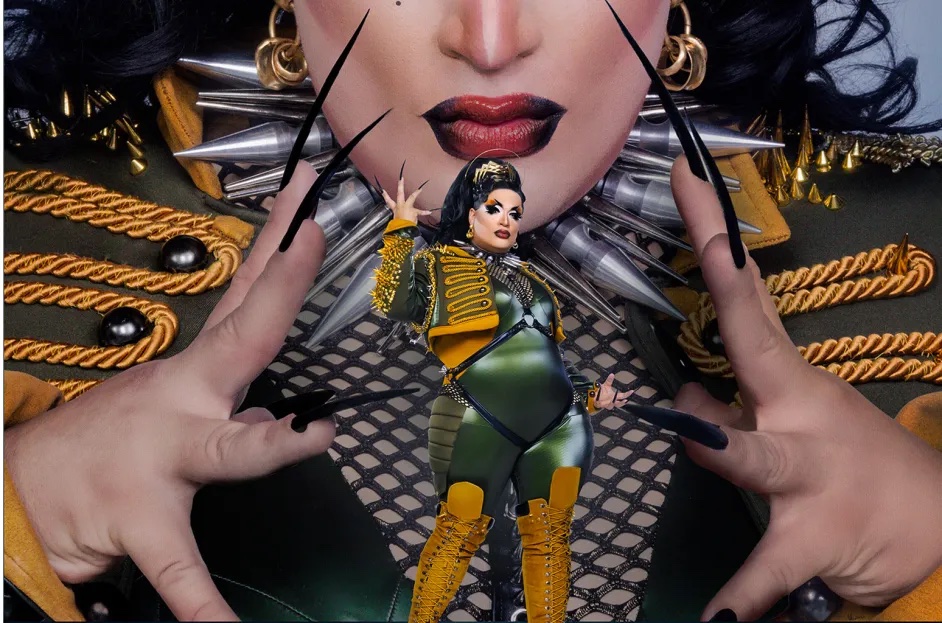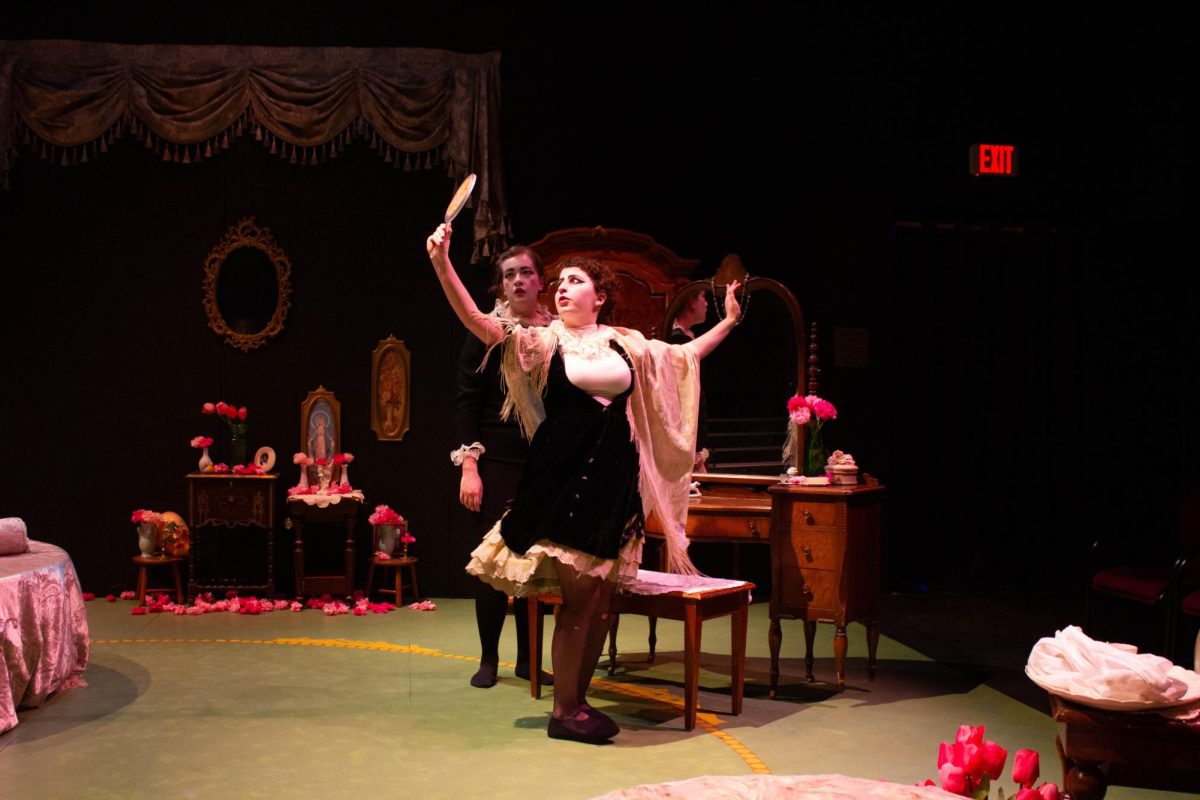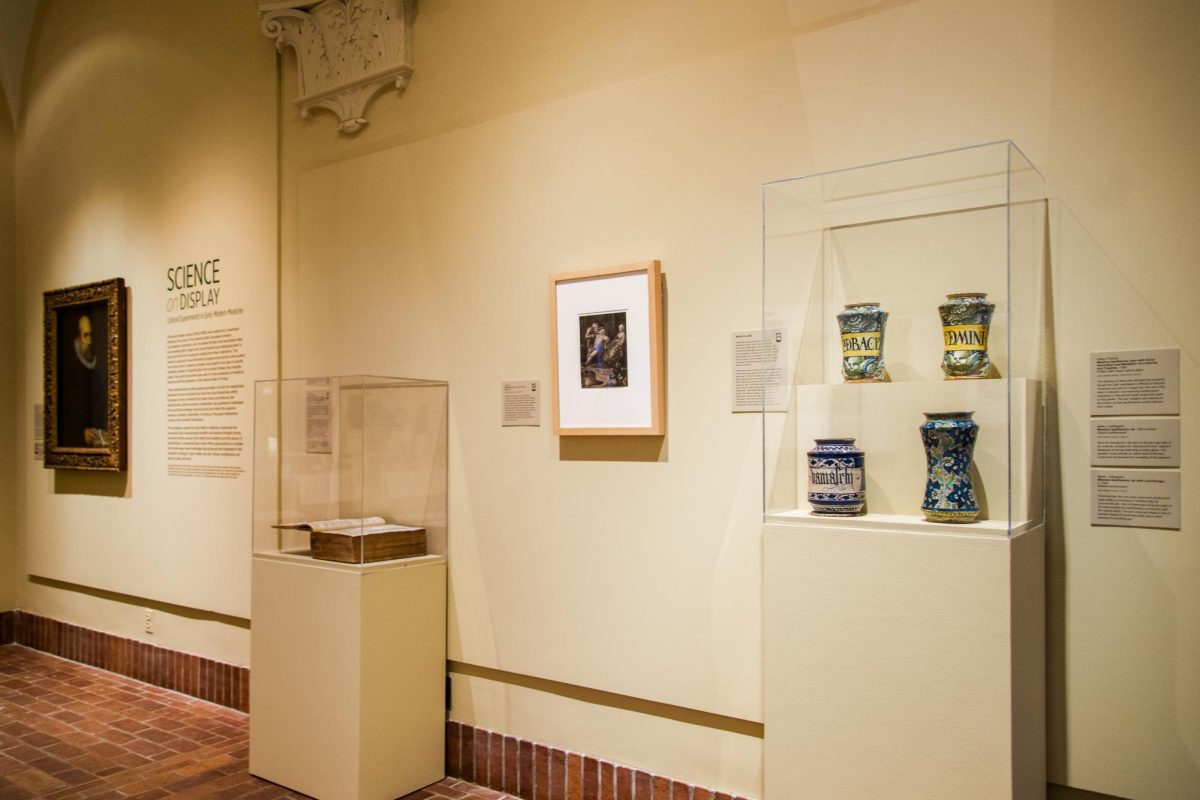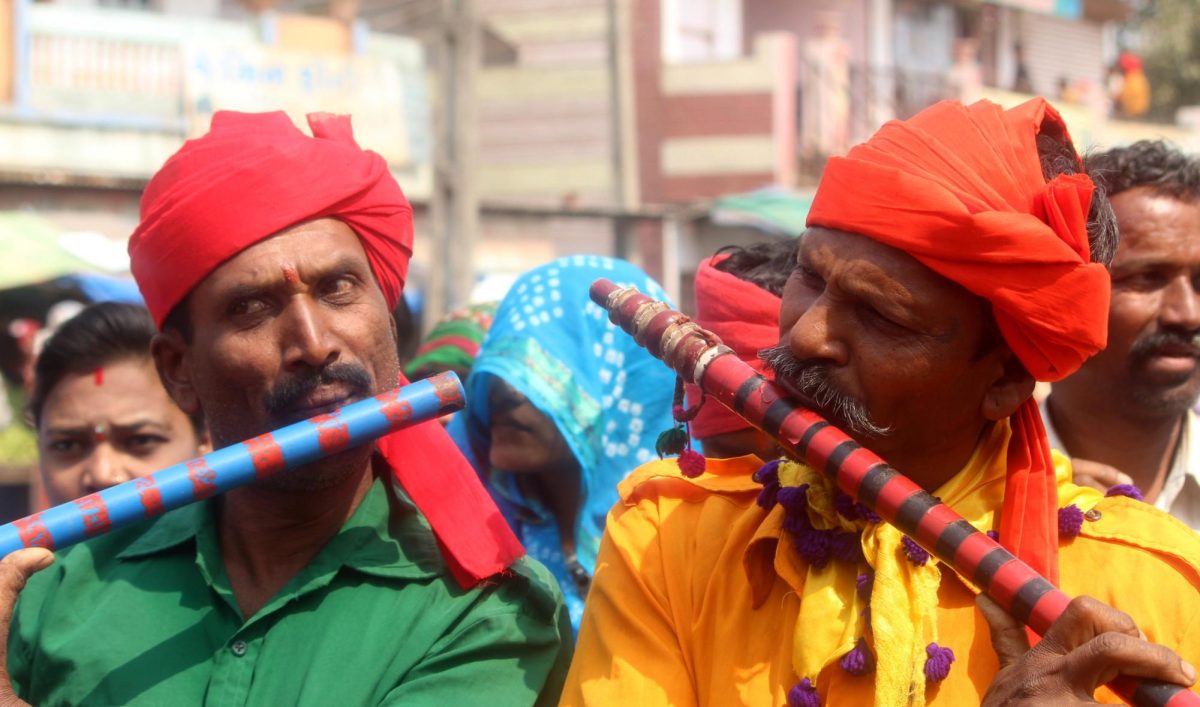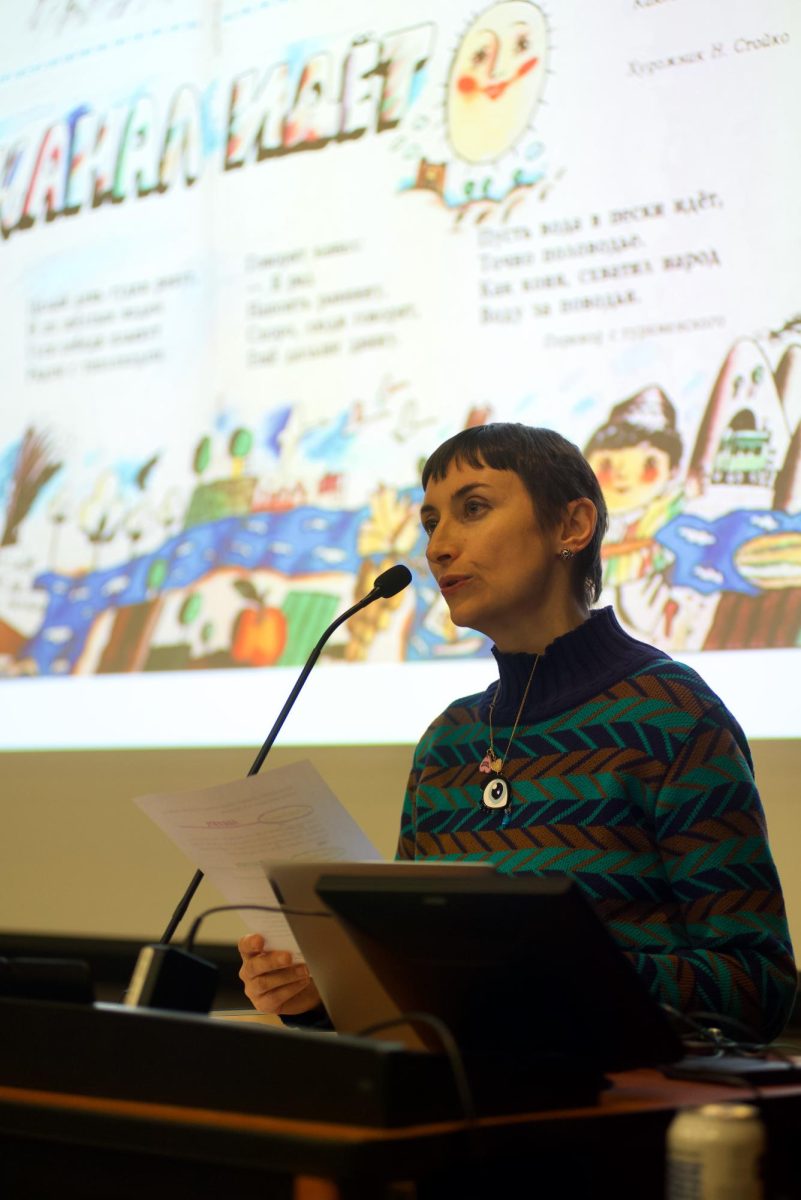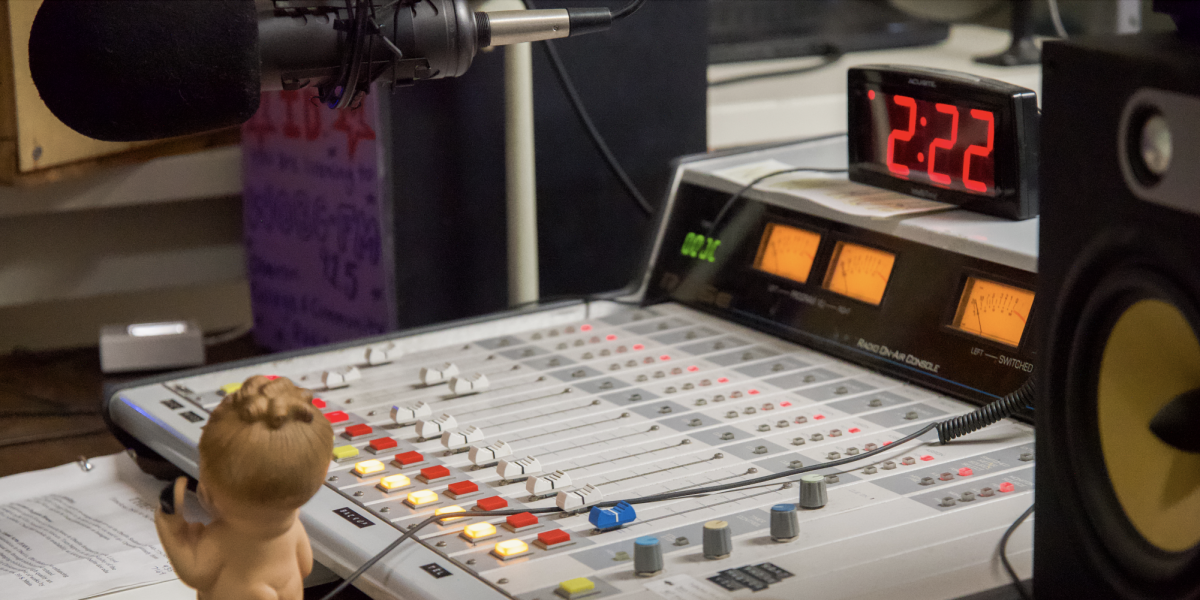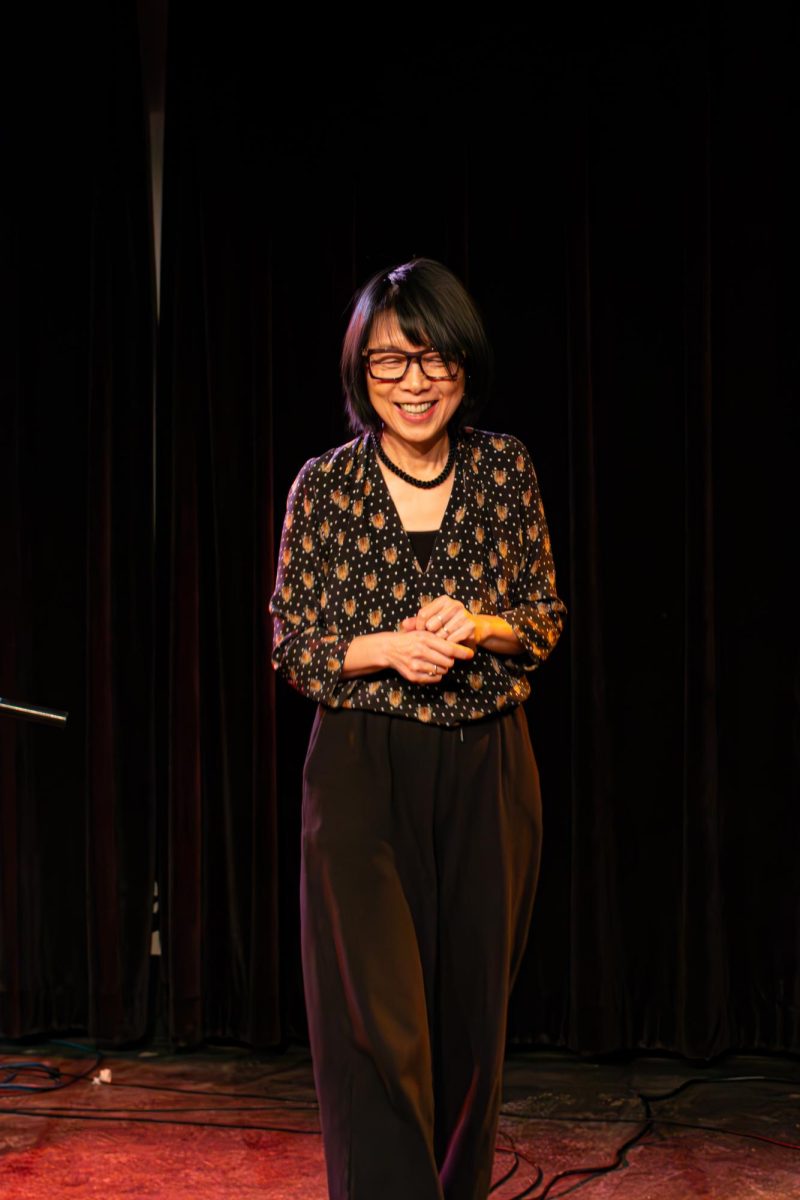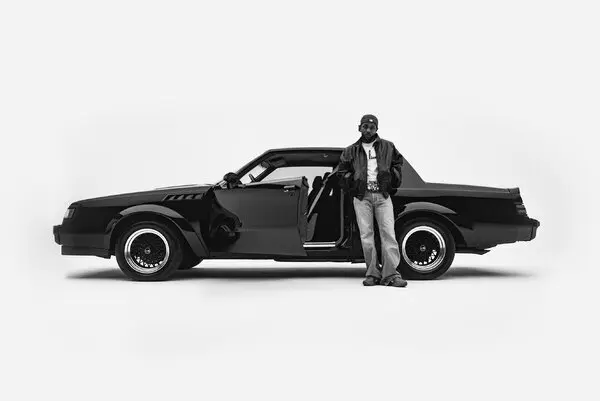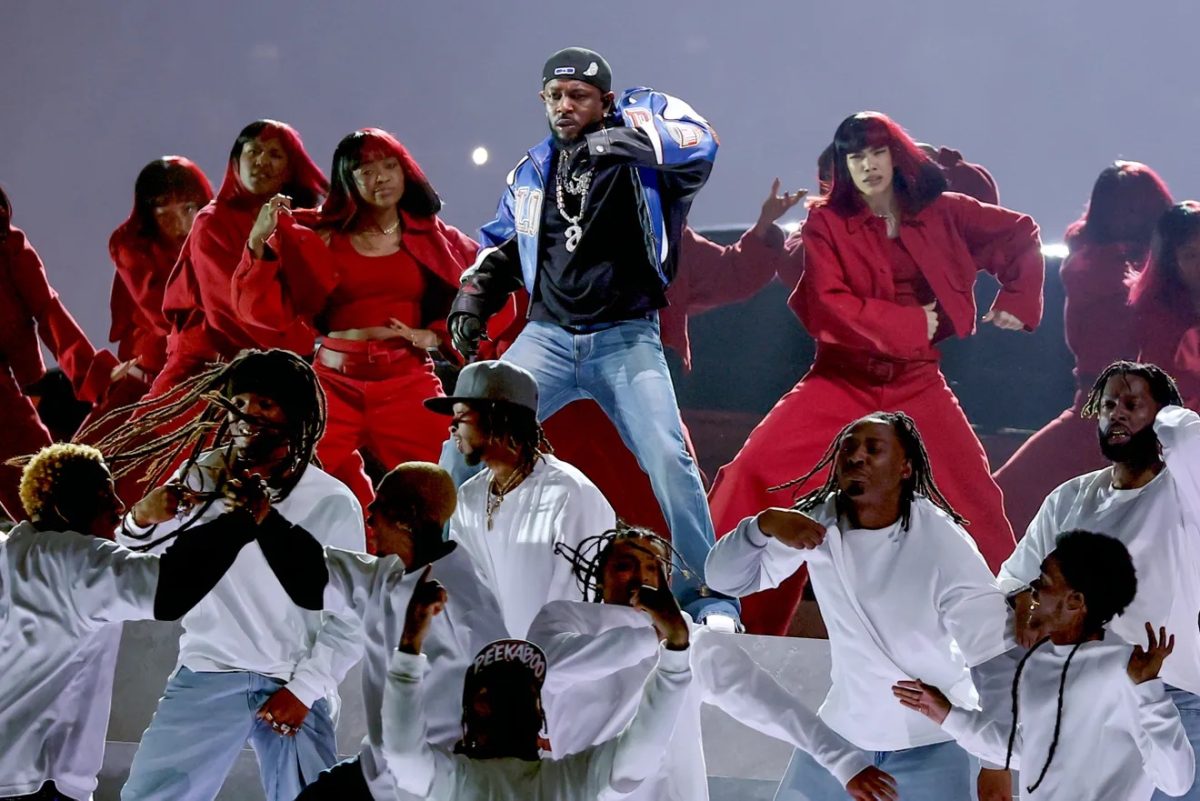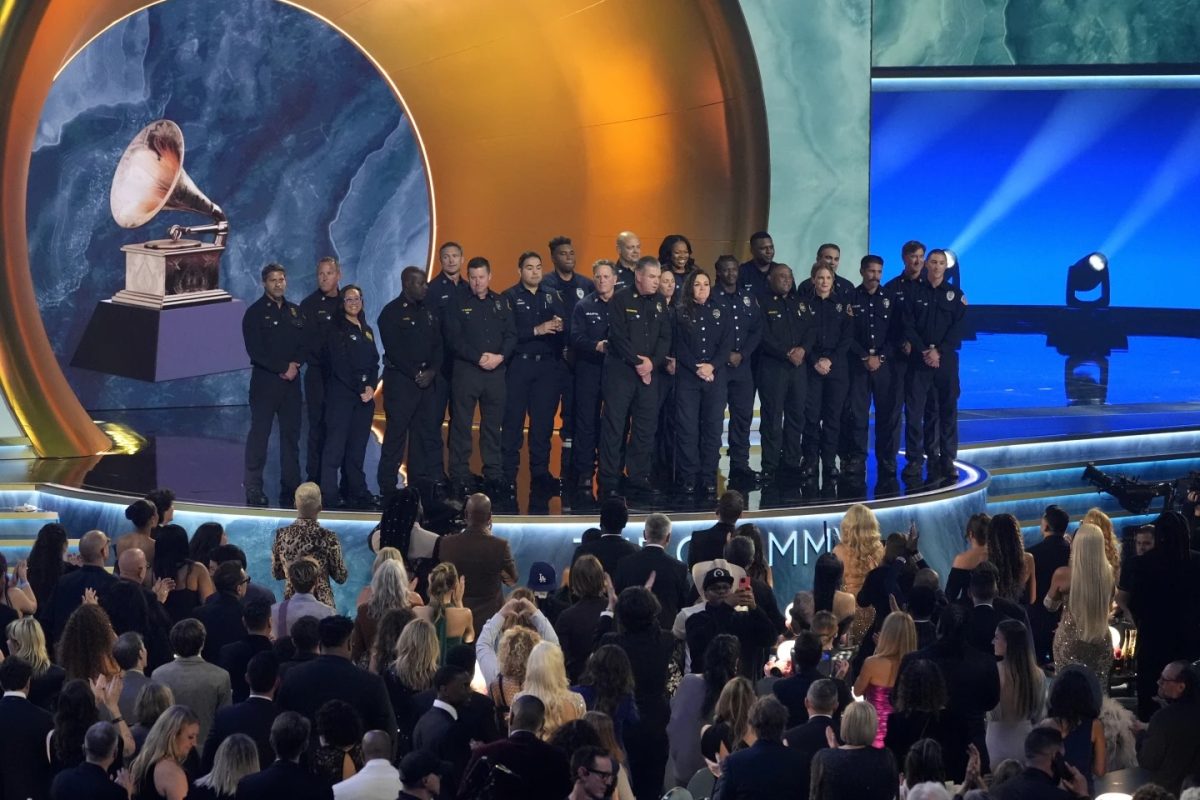Released following Super Bowl LIX in an advertisement for Mastercard and cited as something of a return to form, the song and music video “Abracadabra” has had a grip on every pop music fan.
The release of Chromatica was overshadowed by the COVID-19 pandemic, and Gaga’s two albums preceding it, Joanne and the soundtrack to A Star is Born, were considered rather tame in comparison to her previous work and aesthetics. Known for pushing the envelope with her outrageous outfits and her experimental approach to music, fans were underwhelmed by her recent releases, making them enthusiastic about the release of “Abracadabra.”
However, her myriad of stans on X, formerly known as Twitter, aren’t the only ones who have been listening to the song on repeat. Oberlin’s very own administration is crawling with Little Monsters (what Gaga’s fans call themselves), who all have been in love with “Abracadabra.”
Annie Zaleski is the Senior Writer and Oberlin Alumni Magazine Editor at the Office of Communications. She is also a successful music journalist who has been published in Rolling Stone, NPR, Alternative Press, and The Guardian. Most notably, Zaleski has quite literally written the book on Gaga: Lady Gaga: Applause.
“It’s a really masterfully constructed song, just arrangement wise, it’s really crisp,” Zaleski said. “It’s really well thought out.”
Aside from the song being masterful on its own, it is also coupled with a high-budget music video filled with Gaga’s staple fashion statements and fanciful choreography. The video opens with Gaga in a red leather suit and a massive spiked hat. Her black-gloved hands grip a microphone and, in a commanding voice, she says: “The category is: dance or die.” The screen cuts to black, then pans over Gaga’s red hat to a new Gaga, wearing a long white cape, surrounded by dancers in the same position, heads up with their hands clasped, screaming a guttural “HA!”
Another Oberlin admin who loves Gaga is none other than President Carmen Twilie Ambar.
“I think that Gaga, oftentimes in her videos, is trying to make a statement and tell a story, … I just love the costumes,” President Ambar said. “It felt like an asylum, or a kind of a colony, and someone is observing you, [and] the way you escape … is either to demonstrate that you can dance yourself or die, and that’s what you see, a demonstration of that.”
Gaga’s choreography is also notable for its accessibility. While her backup dancers perform the elaborate moves her videos are known for, Gaga herself does very little dancing. When she isn’t standing and singing, she is either being carried by her backup dancers or dragging herself across the floor. Her dancing is mostly done with her arms and hands, and even performs in a chair.
“The thing that’s true about Gaga is she had this period of time where she talked about having chronic pain, and this period of time where she was struggling, personally, in lots of ways, and I was just struck by it — maybe it’s because I’m in my mid-50s,” President Ambar said. “She’s in that video, and she doesn’t seem in pain physically. She seems physically able to deliver on all the moves that she wants to deliver.”
Zaleski also remarked on the accessibility of the choreography featured in the music video, while also pointing out that the accessibility may not have been an intentional choice, but rather a result of Gaga’s own struggle with mobility.
“She has been so open about her fibromyalgia and all of the challenges she faced,” Zaleski said. “[There is so much] wear and tear on her body from touring and things like that. She is so sensitive about disability rights and disability issues that it would not surprise me if that was absolutely her intention.”
Regardless of whether it was intentional or not, recreating the dance has become a viral trend among wheelchair users, who have marveled at her ability to create something that nearly everyone, regardless of ability can partake in.
Another sentiment shared by Little Monsters, including Zaleski and President Ambar, is that “Abracadabra” signals a return to form, as the song is more reminiscent of her previous songs such as “Just Dance” or “G.U.Y.” as opposed to something that would be found on her more recent records, Joanne and Chromatica.
“This is a return to classic Gaga,” President Ambar said. “This feels like ‘Paparazzi,’ or ‘Applause,’ that kind of club Gaga. I think she’s had an interesting evolution because she has dabbled in movies … and she’s kind of moved away from what you would think of as youthful … but that’s what that song is. She’s back to who she is. That’s one of the appeals of that song.”
Zaleski agreed.
“It reminds me a lot of her early 2000s work with a little bit of the quirkiness of ARTPOP thrown in,” Zaleski said. “[The song and music video] are calibrated for modern music too. If you look at all the dance crazes and viral videos that have happened already, it’s kind of the whole package.”


